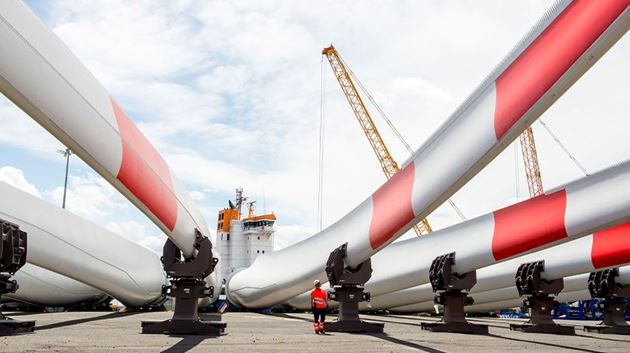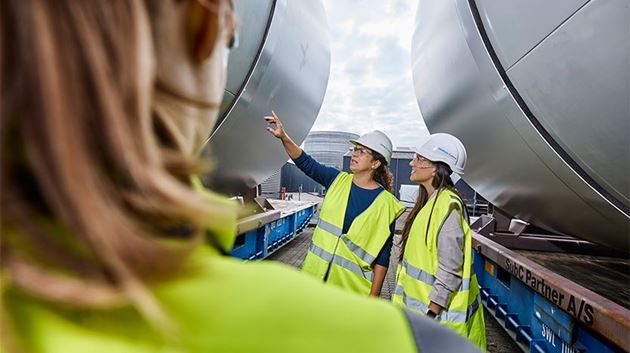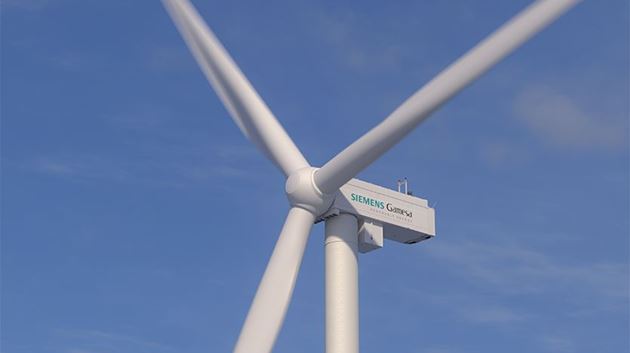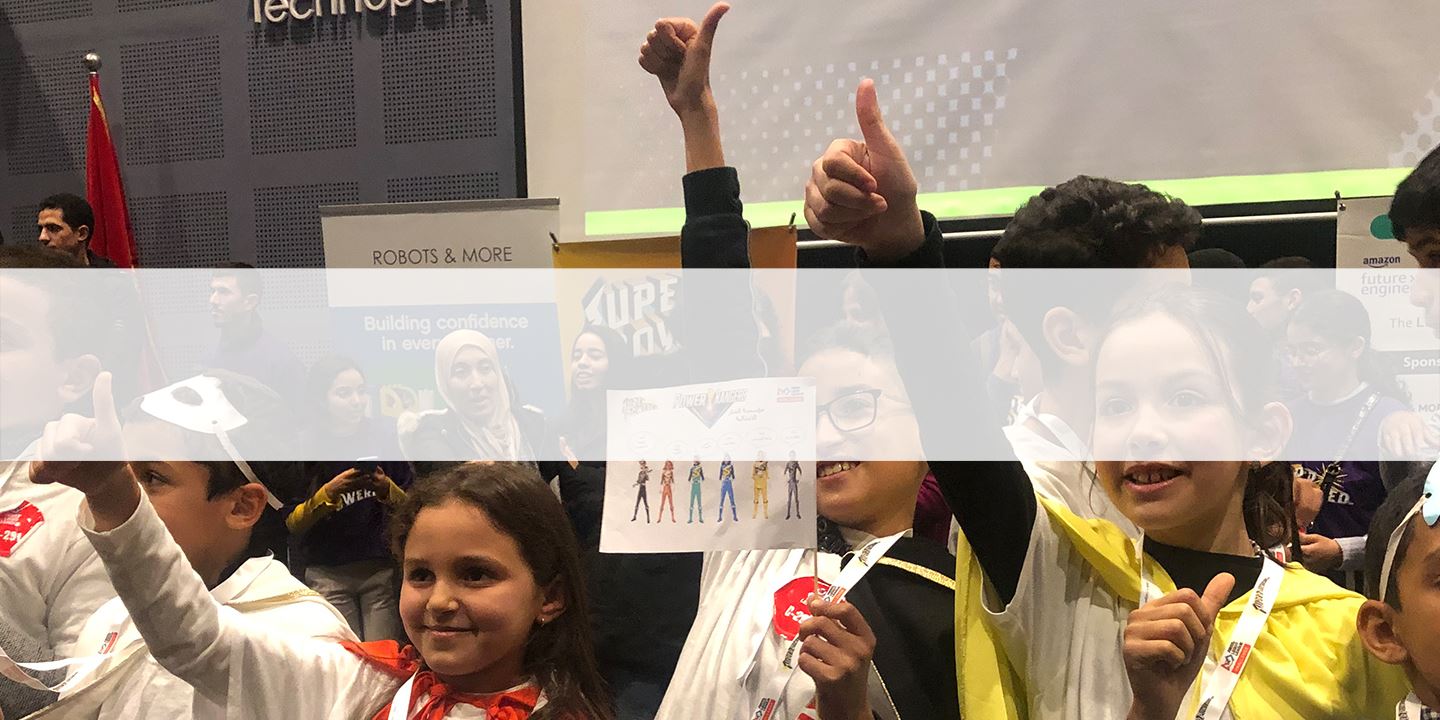
Women and Girls in STEM: the way forward
International Day of Women and Girls in Science
Madrid / 10 February 2023
In our global world today, few issues are more universal than the lack of diversity in STEM (Sciences, Technology, Engineering and Mathematics). No matter how wealthy, technologically advanced, or even socially progressive a country is, women and other minorities are still largely underrepresented in all of those fields, especially in engineering.
Education is one of the most critical areas of women´s empowerment, but socio-economic barriers and negative stereotypes are still prevailing when it comes to STEM.
The future will demand more talent in innovation and technology to be able to fight climate change, realize the promises of digital transformation, and achieve the transition to a sustainable energy model.
Siemens Gamesa's efforts in STEM for girls
The ones who will have to carry out that great transformation are still sitting in a classroom, and many of them are already turning their backs on STEM, especially girls.
Siemens Gamesa, as a global leader in the renewable energy sector, knows it first-hand. That´s why Siemens Gamesa promote STEM education and inclusiveness as part of Social Commitment’s long-term strategy.
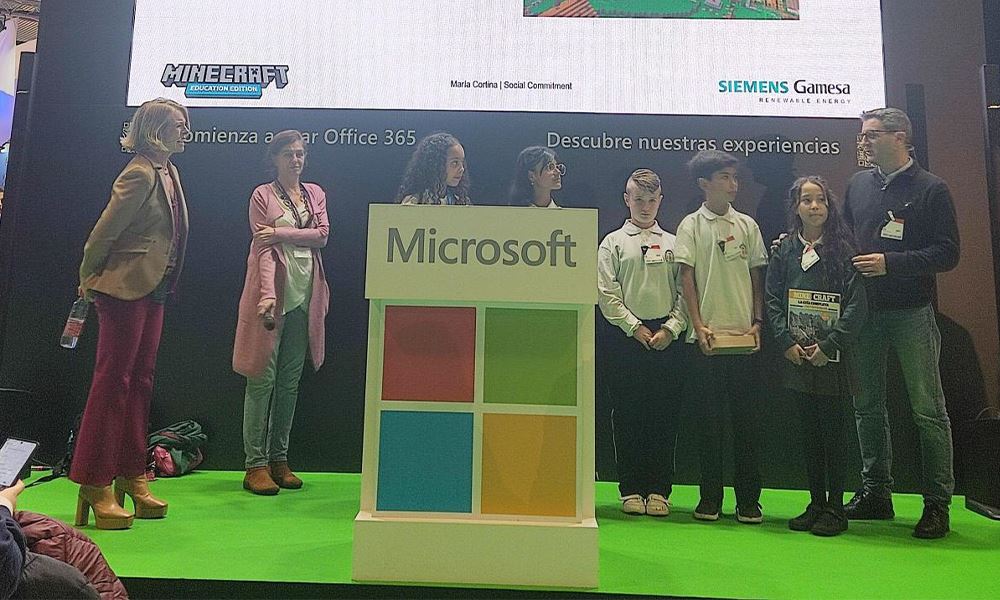
“We are facing enormous challenges. Advances in the STEM areas will be crucial for shaping tomorrow’s world. We cannot afford to miss-out half of the talent along the way and we will do everything to support the shaping of inclusive education systems”, said Maximilian Schnippering, global head of Sustainability at Siemens Gamesa.
Social Commitments chose robotics and gamification for students for primary and secondary grades.
"Robotics represented the missing pieces of the puzzle: a materialization of scientific concepts to solve real challenges, a playful approach where learning and fun go hand in hand, and where acceptance of failure, experimentation and perseverance add value," said Laila Berchane who, with her sister Imane, is organizing one of the international First Lego League tournaments, this year focused on renewable energy; “Super Powered”. Both are in their early 30s and they are industrial engineers.
To counter stereotyping, nothing is better than a role model, especially when it comes to inspiring them to pursue a career in STEM or simply to prevent school drop-outs.
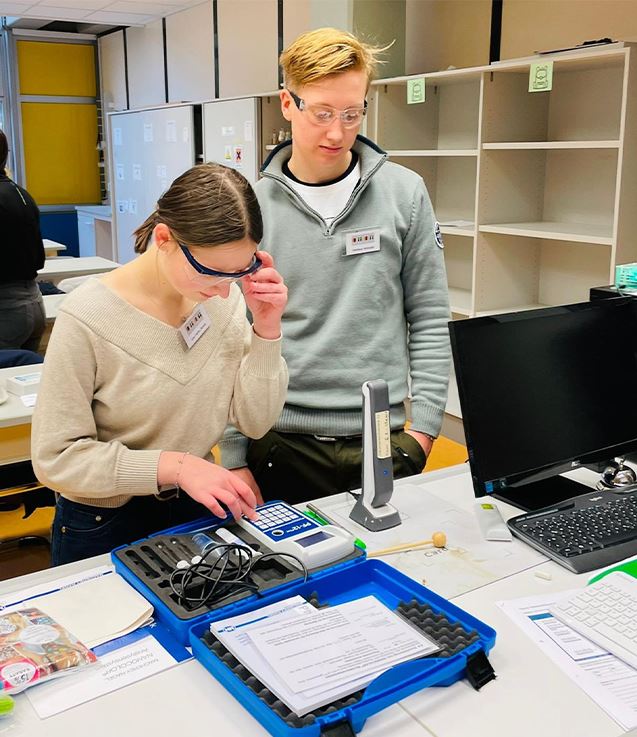
A Minecraft Education videogame on Energy and Technology called Planet Rescuers, in partnership with a local partner, Possible Lab, is another initiative that looks for the girls and women integration in Science. The main goal is to introduce students to this fascinating world while giving them the opportunity to discover in themselves engineering skills that, in another environment, they would have thought they were not capable of.
“Minecraft is one of the most popular video games ever, and that's partly because girls love it too. We've noticed that when we've done competitions with Planet Rescuers with the Women and Engineering program”, commented Alba Rodriguez, Edtech manager at Possible Lab, who has a background as naval engineer.
On the other hand, for students in secondary and higher grades, we give them the opportunity to be part of the solution for climate change and the energy transition with projects that involve solving real world problems. Girls are more inclined to choose STEM when they see their purpose and their power to change the world.
The programs are Teens4STEM for students in upper secondary grades, Students4Sustainability, aiming university students with challenges linked to the energy transition and the circular economy, and the competition Universities for SDG13 with UN Sustainable Development Solutions Network.
“Every day we are seeing more climate disasters around the world. Universities for Goal 13 is making sure that innovation continues in a dynamic way with the new young engineers and leaders of the coming generation”, said Jeffrey Sachs, President of UN SDSN.
One of the keys to the success of Universities for SDG 13 is the involvement of mentors from Siemens Gamesa to help students improve their solutions and gain confidence, especially women.
But a lot still needs to be done. According to a paper from IRENA, the international renewable energy agency, women account for only 32% of the renewable energy workforce which, while higher than the 22% in the oil and gas industry, is still significantly less than their overall workforce participation. In the wind sector, they only represent 21% of the workforce.
For Marta Encinas-Martin, Counsellor and Education Gender Ambassador at the Organization for Economic Co-operation and Development (OECD) in Paris, one of the reasons why women don´t choose a career in STEM is still related to work-life balance.
“High salaries are highly dominated by males,” aid Encinas-Martin in one of the HackSTEM webinars organized in June 2022 for Siemens Gamesa. “But when the trends change, that is where the women decide to go, like in the case of research or being a university professor.”
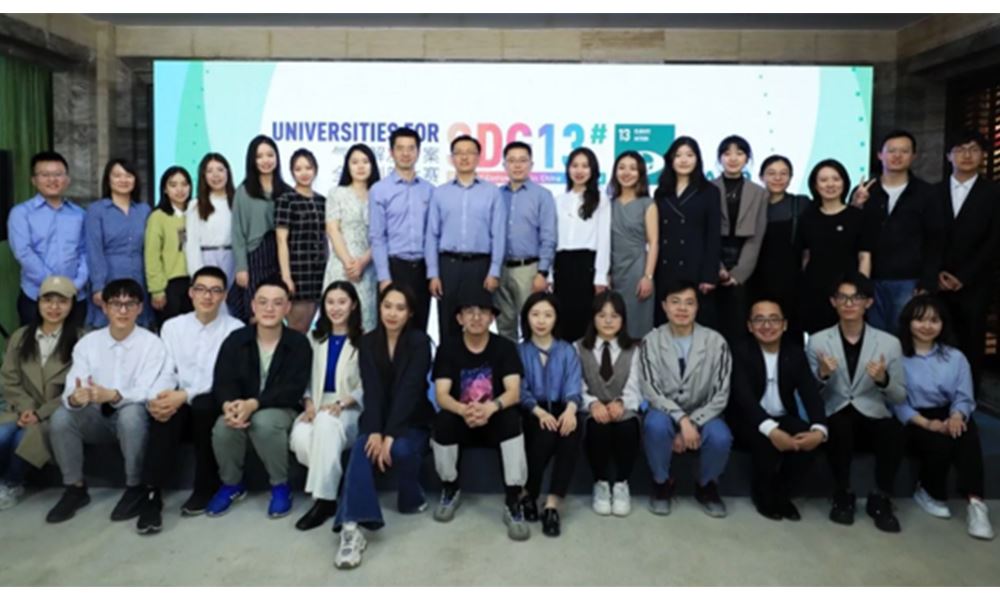
The perception that the so-called core technological careers are more demanding in terms of availability due to high responsibilities prevails. For Encinas-Martin, as long as decision-makers are predominantly male, it will be difficult for women to find a role model in the STEM world.
So, on February 11, while the world remembers Hedy Lamarr and Ada Lovelace, let´s remember that they still belong to a very select club, the famous women in STEM.
Many of what today’s generations enjoy were invented by those great minds in a woman’s body.

